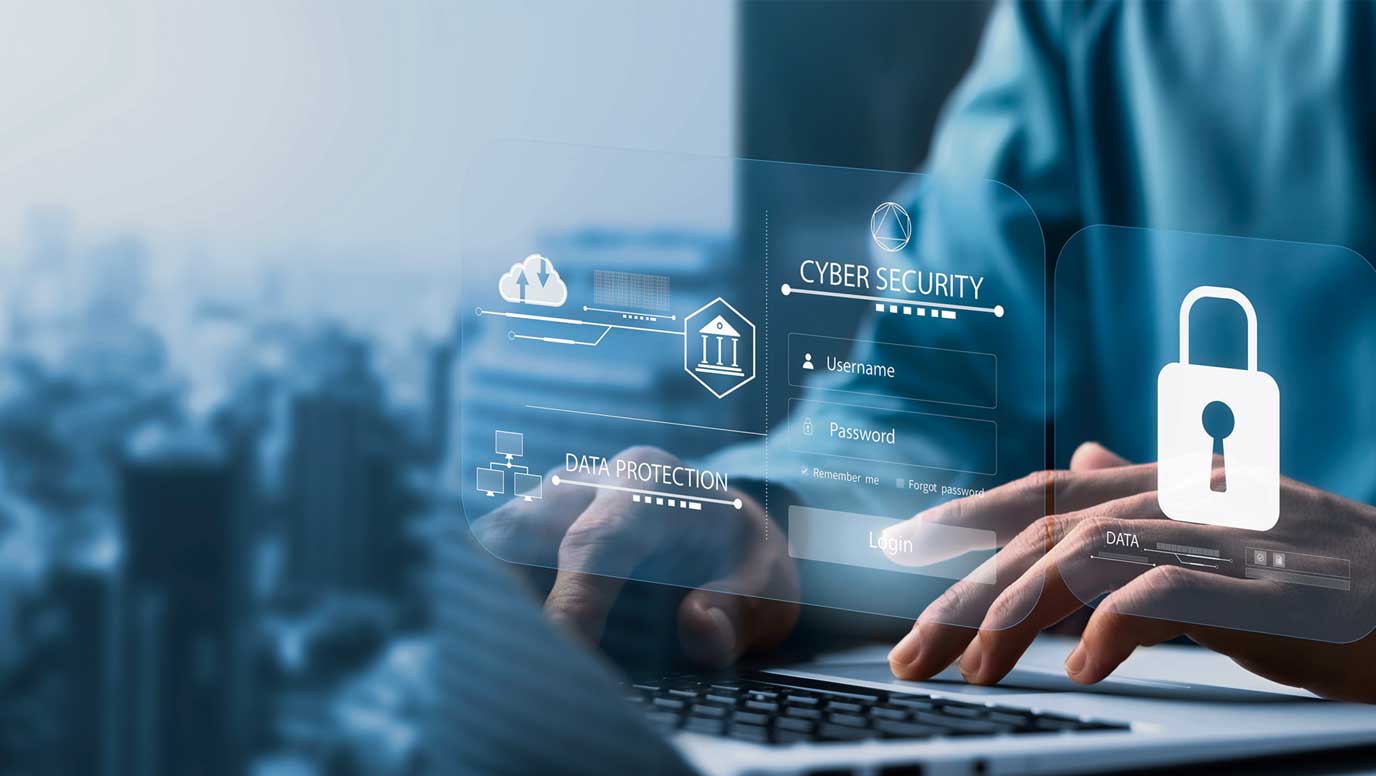DeepTech: pioneering data security with quantum encryption

In today’s digital landscape, safeguarding data transmission has become of paramount importance. Encryption, a core component of protecting data in transmission, is encountering an unprecedented challenge amidst the era of artificial intelligence and burgeoning computational capabilities. Fortunately, DeepTech stands ahead of the curve.
At the nexus of science and engineering, DeepTech is the source of nearly all scientific and engineering breakthroughs permeating various industries. Evolving over time, it has delivered unparalleled advancements across industries, including biotech, quantum computing, and artificial intelligence.
Quantum encryption, a subset of DeepTech, harnesses the principles of quantum mechanics – a field of physics delving into the behaviour of subatomic particles – with the aim of establishing secure channels to pass information.
In essence, it pushes the boundaries of technological innovation and scientific research to advance encryption to the next level. Yet, it begs the question what do physics and quantum mechanics have to do with encryption?
Understanding encryption
Encryption serves as the cornerstone of data security, ingrained within all communication channels, whether transmitting messages or facilitating financial transactions. It protects our data via an algorithm based on defined mathematical parameters.
On a basic level, a message is scrambled by substituting the data into numbers and multiplying them into unfathomable values. This scrambled mess is sent to a receiver which has a secret private key to decrypt and unscramble that information into a legible state.
However, as technology and processing power progress, any predetermined parameter becomes susceptible to being solved and decrypted. Specifically, the advent of quantum computers promises on one hand revolutionary breakthroughs in artificial intelligence and drug discovery, but on the other poses a significant threat by potentially unravelling codes that would have required centuries to decode in mere minutes.
Recognising the limitations of traditional encryption, quantum cryptography leverages the principles of quantum superposition, entanglement and uncertainty to ensure the confidentiality and integrity of data transmission. While it still requires a private key, its added complexity lies in distributing this key to recipients via the behaviour or polarisation of particles, particularly light particles transmitted through the same cables that deliver internet connectivity to our homes.
A sender launches light particles through a filter defining their polarisation. On the other end, the receiver detects the state of those particles. The two then compare notes on which polarisation they employed.
Provided they are the same, the receiver will be in possession of the private key to decrypt or unscramble the protected data. Such a process is inherently secure because any intruder would disrupt the delicate state of the particles, signalling an alert.
A key advantage of this data transmission method lies in its adaptability, allowing for real-time adjustments to the filter. This facilitates the implementation of adaptable encryption parameters with the sender retaining the ability to validate or invalidate the accuracy of the transmitted sequence.
For cybercriminals, intercepting such messages becomes exceedingly arduous, and even if successful, the sender can promptly modify the encryption key - a capability lacking in conventional encryption methods.
Looking ahead
Article 32 of the UK General Data Protection Regulation (UK GDPR) mandates organisations within the UK (and equally to the EU via its EU counterpart) to institute appropriate technical and organisational data security measures. Therefore, encryption not only underpins secure communication but is also a legal imperative.
The current legislative framework calls for active participation on organisations to put in place adequate security measures. Those responsibilities, and subsequent matters of liability, are apportioned according to whether you are a processor or controller.
It is perhaps reasonable therefore, to expect encryption solution providers to become additional interested parties in the legislative framework and bear the responsibility for, as well as a share of liability in, any event of failure or breach beyond that which may be contractually agreed by the parties.
Governments and regulatory bodies are demonstrating a growing appetite to take swift action on legislating emerging technologies. For example, the recent Artificial Intelligence Act was a quick response in regulating the growing market of AI and its participants throughout the EU, resulting in commercial agreements being reviewed and updated to comply with the evolving rules.
Similarly, quantum encryption may need to navigate changing laws and regulatory frameworks brought in by governments as they consider its wider implications for, amongst others, data protection, IP and privacy laws.
Preserving the security of our data transmissions means that we must continue to innovate and challenge accepted methods of data encryption.
Quantum encryption has now become a priority as we seek to maintain that challenge. Alan Turing and his fellow codebreakers at Bletchley Park would no doubt have been impressed by the latest technology, but will it be enough to protect against their modern-day equivalents?
• You can contact the author at: julian-smith@birketts.co.uk


